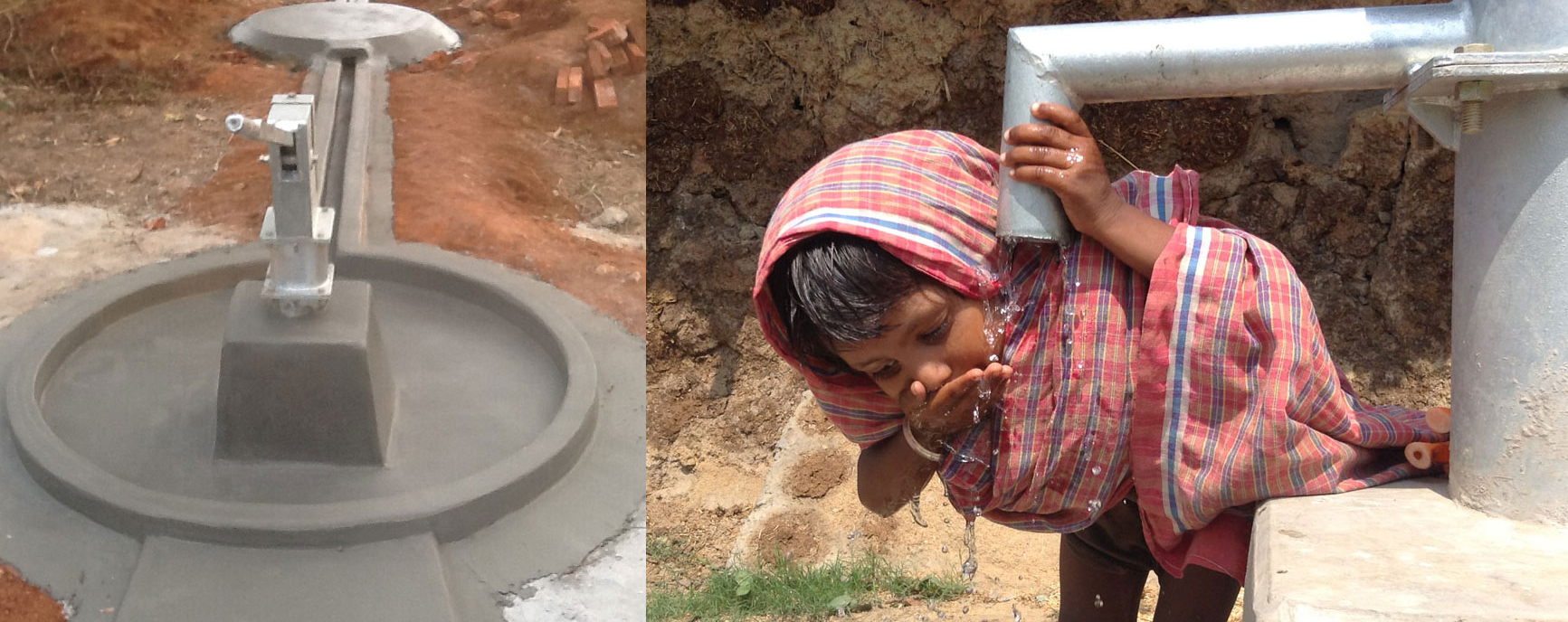A hand pump water project refers to an initiative aimed at providing clean and accessible water to communities, especially in rural or underserved areas, through the installation of hand-operated water pumps. These projects are essential in areas where access to safe drinking water is limited or unavailable, and they play a significant role in improving public health, reducing waterborne diseases, and enhancing the overall well-being of communities. Here are the key components and steps involved in a hand pump water project: Assessment and Planning: The first step is to conduct a thorough assessment of the community's water needs and the availability of water sources. This involves studying the local hydrogeology, water demand, population size, and existing water infrastructure. Community Engagement: Engaging with the local community is crucial to understanding their water requirements, seeking their input, and ensuring that the project aligns with their needs and preferences. Water Source Selection: Based on the assessment, a suitable water source is identified, such as a groundwater well or borehole, which can provide a sustainable and reliable water supply. Hand Pump Selection: Choosing the appropriate hand pump is essential, considering factors like water depth, pumping capacity, maintenance requirements, and the availability of spare parts. Installation: The hand pump is installed at the selected water source, and the pump mechanism is set up to draw water from the source to the surface. Training and Capacity Building: Training the local community members in the operation and maintenance of the hand pump is vital to ensure its proper functioning and longevity. Community members are empowered to take ownership of the project and carry out minor repairs and maintenance. Water Quality Monitoring: Regular water quality monitoring is conducted to ensure that the water remains safe and free from contaminants. If needed, water treatment methods may be implemented to improve water quality. Hygiene and Sanitation Promotion: Along with the hand pump installation, hygiene and sanitation education is provided to the community to promote proper water usage, sanitation practices, and disease prevention. Sustainability and Management: Developing a sustainable management plan for the hand pump is crucial for its long-term functionality. This includes setting up a maintenance schedule, creating a local water committee, and ensuring a continuous supply of spare parts. Monitoring and Evaluation: Continuous monitoring and evaluation of the project's impact are carried out to assess its effectiveness in meeting the community's water needs and to identify any necessary improvements. Hand pump water projects have proven to be successful in providing reliable and accessible water sources in many communities worldwide. They contribute significantly to poverty alleviation, health improvement, and overall community development. However, it's important to design and implement these projects in a participatory and community-driven manner to ensure their sustainability and long-term success.
